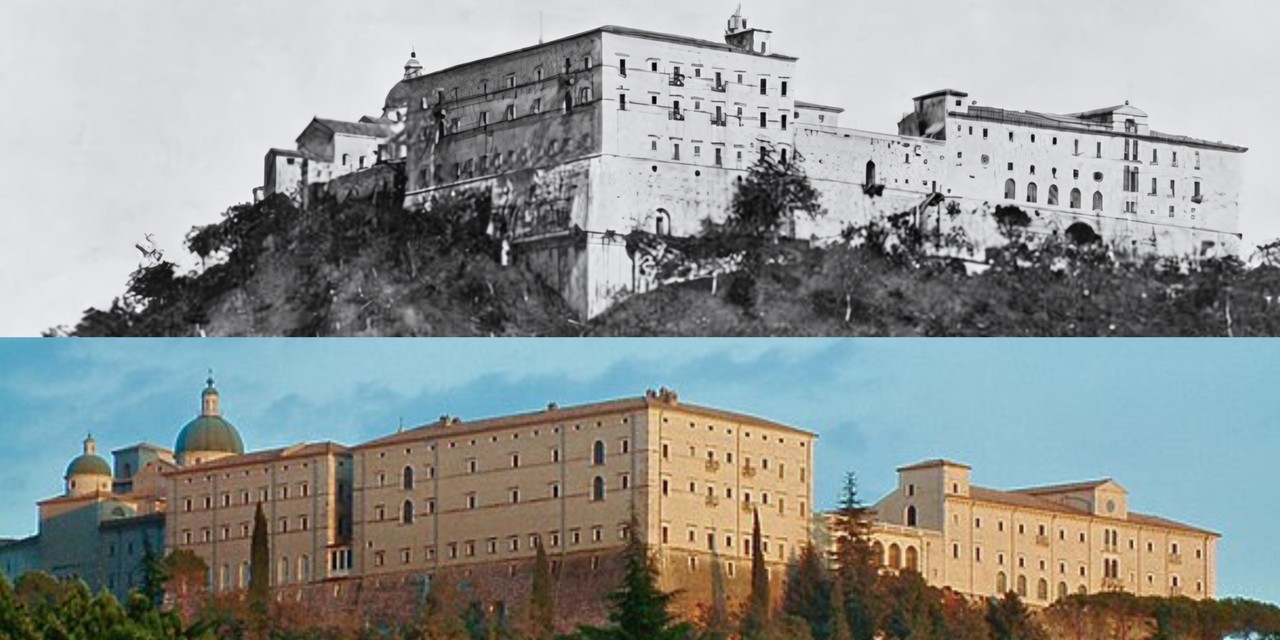Located near Rome in central Italy, Monte Cassino stood as a pivotal stronghold during World War II, strategically located on the Gustav Line. This defensive structure served as a barrier preventing Allied advancement towards Rome. The historical campaign of Monte Cassino witnessed intense battles, resulting in significant casualties on both sides.
By the end of December 1943, the Allied advance in Italy had encountered a serious obstacle: the heavily fortified Gustav Line, also known as the Winter Line. Cassino, with its defended mountains and difficult river crossings, was the core of this German defensive line.
The Allies launched four separate offensives to break through the Monte Cassino stronghold. The first battle, from January 17 to February 11, 1944, resulted in heavy casualties and no significant progress. A second battle from February 16 to 18, aimed to alleviate pressure on the Anzio Beachhead, where Allied troops faced relentless German opposition.
On February 15, American bombers destroyed the historic abbey of Monte Cassino, mistaking it for a German observation station. Ironically, German troops occupied the ruins only after the bombing. Despite further efforts in March, the third battle, fought from March 15 to 23, failed to achieve the desired breakthrough. However, the fourth and final battle, commencing on May 11, ultimately forced the German retreat from the Gustav Line by May 25, 1944.
The fall of the Gustav Line after five months of deadlock marked a significant turning point, paving the way for the Allied advance towards Rome. Nevertheless, this victory came at a considerable cost. Allied forces, comprising troops from various nations including Australia, Canada, Free France, India, New Zealand, Poland, South Africa, the United Kingdom, and the United States, suffered an estimated 55,000 casualties. The German and Italian Social Republic forces endured approximately 20,000 casualties throughout the campaign.
